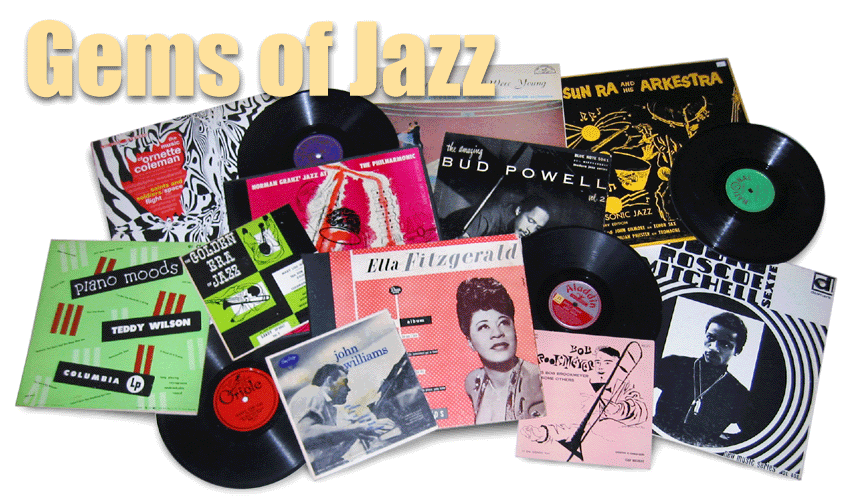 |
| Betty Carter in the mid-'80s, going full bore at the Great American Music Hall in San Francisco: Movin' on indeed! Tom Copi photo |
Every recording that has been posted here at Gems has artistic merit – at least, I believe they do. Some are unjustly obscure, others offer examples of extraordinary musicianship, some are simply fascinating curiosities. This album, though, is different from those. It not only has merit. I think I can say without qualification that it is, from start to finish, an absolute masterpiece.
"Inside Betty Carter" ranks right up there with "Kind of Blue," "Blue Train," "Blues and the Abstract Truth" and any other contemporary jazz classic you might think of. Why "Inside" has never received its due – and why it remains generally out of print – is one of jazz's great mysteries. In an effort to rectify this egregious oversight, Gems offers this download for your delectation and enjoyment.
 |
| James Moody and Betty Carter at the Chicago Jazz Festival in 1982. Marc Pokempner photo |
"Inside Betty Carter" was her last album before going out on her own, and it's a first sign of great things to come.
At a total length of 27 minutes, the record's entire program is shorter than some of the tunes Ms. Carter would sing on stage. But each of these performances is a flawless wonder, filled with nuance, brilliant improvisation and delightful surprises. The backing trio of Harold Mabern – not normally thought of as an accompanist – Bob Cranshaw and Roy McCurdy swing hard and push Betty as much as she pushes them.
The standards here are deconstructed and revitalized as living things – you can suddenly hear the lyrics and the emotion behind them. A Carter original, "Open the Door," one of her signature tunes, is debuted on "Inside," and the singer's reworking of "My Favorite Things" is a 90-second encounter with genius.
Betty Carter never had the instrument that Ella or Sarah had. Her voice was high and her sound was sometimes breathy and thin, but her range and musician's ear led her to develop a style that was stunningly adventurous and purely expressive. That style gets its start with this recording. If you've never heard it before, get thee to Rapidshare!
As always, these files come from the original vinyl, no cleaning of the sound required. A word of warning: these are wav files and are much bigger than our usual mp3s. The download time may be rather long ...
Inside Betty Carter
Betty Carter
United Artists UAS 5639
Betty Carter, v; Harold Mabern, p; Bob Cranshaw, b; Roy McCurdy, d.
New York, NY; April 1964
1. This Is Always
2. Look No Further
3. Beware My Heart
4. Something Big
5. My Favorite Things
6. Some Other Time
7. Open the Door (Betty Carter)
8. Spring Can Really Hang You Up the Most
Find it here: https://www.mediafire.com/?4xckaf3obteoz5g







